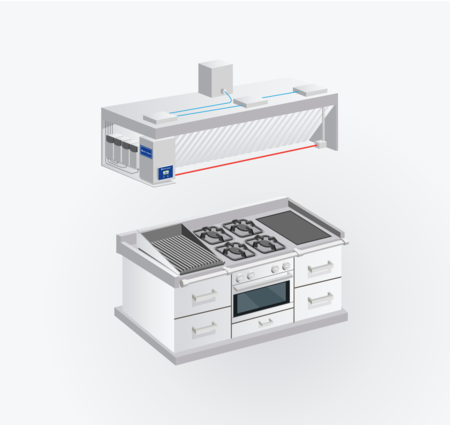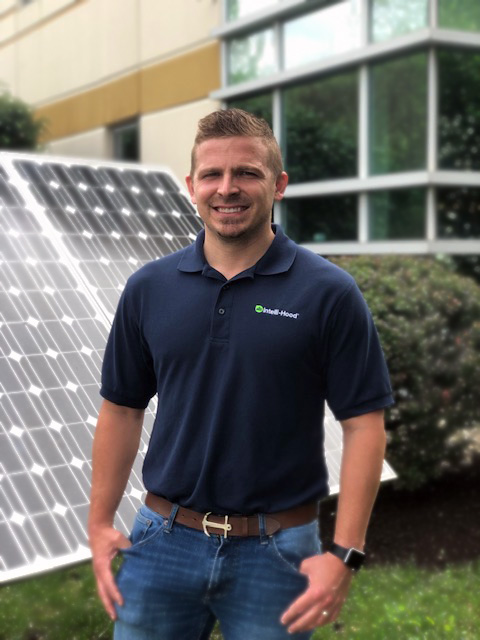Demand control kitchen ventilation systems (DCKV) are one of the best technological investments a commercial kitchen can make in terms of cost savings over the lifetime of the investment. These systems can save busy commercial kitchen spaces hundreds of thousands of dollars over decades—see some of Melink’s case studies for details on the numbers—creating a positive cash flow that brings money into the business, rather than siphoning it away.
The benefits of DCKV are clear, but the inner working of the technology is not always as apparent to commercial kitchen owners, managers, and staff. What is DCKV? How does it work? Can it work in your kitchen? These are all great questions.
We’ll explain the basics of DCKV to get you familiar with the technology quickly.
A Quick Introduction to DCKV
Demand control kitchen ventilation refers to an automated system that controls the speed of fans on overhead commercial kitchen ventilation systems. These systems detect when ventilation is needed (based on cooking activity), automatically increasing the speed of an exhaust fan to filter smoke and effluent out of the kitchen space. When the need for ventilation is decreased (or non-existent), the system slows the speed of fans down to a minimal level.

Why is DCKV Better than Standard Kitchen Hood Ventilation?
The benefit of using a DCKV system comes down to energy efficiency. The technology allows ventilation systems to only run at full power when they are needed, rather than being left on for the full operating hours of the kitchen space (which for some kitchens is 24/7).
DCKV is recognized by Energy Star as an energy-saving technology, finding that it offers high percentage savings for the kitchen’s biggest load: its ventilation system. Since commercial kitchen ventilation is the single biggest user of energy in a commercial food service facility, these facilities stand to save the greatest amount of money on their energy bills. Even installing a DCKV system on two kitchen hoods can make a large difference in the energy costs of a small commercial kitchen over the course of 20 years. This reduction of costs is compounded when the technology is installed on more kitchen hoods spread out across a larger kitchen space.
How DCKV Works
Demand control kitchen ventilation systems use sensors to detect cooking activity on a kitchen range. There are multiple different types of system that deploy different sensors:
- Temperature sensors: detect changes in temperature in the kitchen hood
- Optical sensors: detect smoke as it crosses an invisible line in the kitchen hood
While temperature-only based DCKV systems are shown to produce energy savings, they are not as efficient as systems that feature temperature and optical sensors. This is because temperature only systems only adjust the heat based on temperature changes in the area of the cooking range. They are also often slow to react because cooking effluent often presents itself before thermal changes are picked up by the temperature sensor. They are also often slow to react because cooking effluent often presents itself before thermal changes are picked up by the temperature sensor. With optical sensors, the system is given another source of information to work with when adjusting fans speeds. Smoke and steam can be identified on top of temperature changes to help the system more accurately identify the need for increased/decrease fan speeds, making the kitchen ventilation system more efficient all year round.
Find out how Melink Intelli-hood can save you up to 78% of fan energy and pay for itself in less than 3 years.
Learn More
